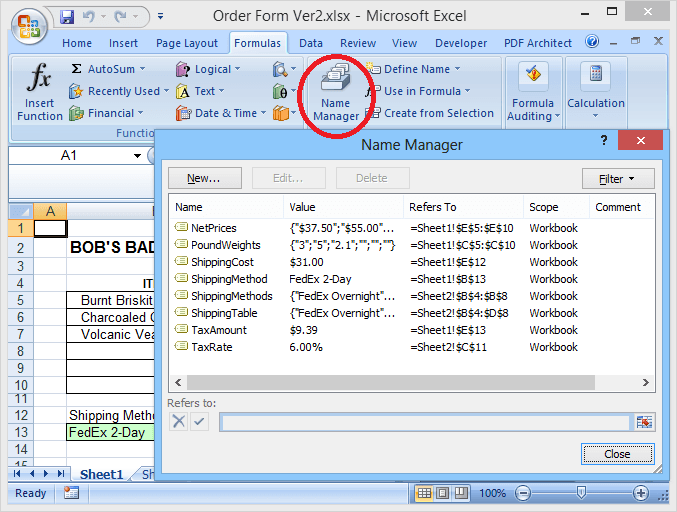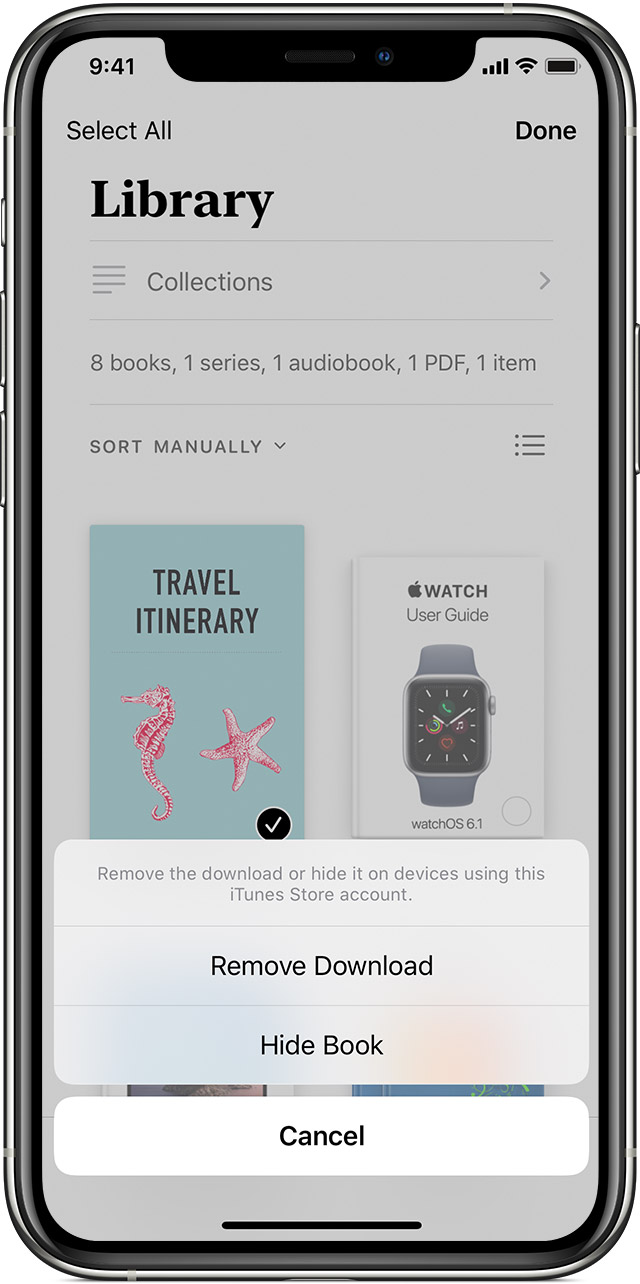

We can see the result in image shown below.Ĭode Sub AcceessWorksheetSpecificRangeInAnotherSheet() To use this named range in sheet1 we must use sheet2 along with “!” sign. This named range in specific to “sheet2”.
DELETE NAMED RANGE EXCEL FOR MAC VBA CODE
In the code below we have shown the sum of cells in named range “wsheetRange”. In the code below we have used named range “wsheetRange” in sheet1.It is important to know that named range “wsheetRange” was set for “sheet2”, but here we have used it in “sheet1”. There is also another possibility in which we can use worksheet specific named range. Range("Sheet2" & "!" & "wsheetRange").Select Here we want to apply sum formula in cell B6 and additionally we want to format the text which falls in named range cells. In the below shown code we aim to do the same things as we did in the code above. This named range refers to range B2 to B5 in sheet2. In this case first we have created a named range “ wsheetRange” which has scope as “ sheet2”, which means that this named range can only refer to cells in “ sheet2”.
DELETE NAMED RANGE EXCEL FOR MAC VBA HOW TO
To see how to create a named range, you can check the link provided in the reference section. We have set the scope of this named range as “ workbook”, which means we can access or use this named range anywhere in the workbook. Here we have created the named range “ wbookRange”, it has range as B2 to B5. In the first case we have data in 2 columns, we have considered the cell B2 to B5 as a named range. sheet2) and that named range is referred in another sheet ( e.g. Refer to named range which has scope in one sheet ( e.g.Refer to name named range which has a specific worksheet as scope.Refer to named range which has entire workbook as scope.In the below shown VBA Excel automation, we have considered 3 scenarios – Cells(emptyRow, 15).Value = ansvarig.ValueĪctiveWorkbook.To showcase how to refer and use named ranges by VBA Excel. Cells(emptyRow, 14).Value = byggstart.Value Cells(emptyRow, 13).Value = projektomkostnad.Value Cells(emptyRow, 12).Value = kopeskilling.Value Cells(emptyRow, 11).Value = kontaktperson.Value Cells(emptyRow, 10).Value = saljare.Value Cells(emptyRow, 9).Value = bestallare.Value Cells(emptyRow, 8).Value = planstatus.Value Cells(emptyRow, 7).Value = markyta.Value Cells(emptyRow, 6).Value = byggratt.Value Cells(emptyRow, 5).Value = loaboabta.Value Cells(emptyRow, 3).Value = gatuadress.Value Cells(emptyRow, 2).Value = projekttyp.Value

Cells(emptyRow, 1).Value = fastighetsbeteckning.Value In the below shown VBA Excel automation, we have considered 3 scenarios Refer to named range which has entire workbook as scope Refer to name named range which has a specific worksheet as scope Refer to named range which has scope in one sheet ( e.g. Sheets("grundmall").Copy Before:=Sheets(2)ĪctiveSheet.Name = fastighetsbeteckning.ValueĮmptyRow = WorksheetFunction.CountA(.Range("A:A")) + 1 'copy sheet named "grundmall" and give it the name provided in fastighetsbeteckning I'm using Office 2013 and my friend is currently on a Mac with Office for Mac 2008. I'll add the code here and if there's anyone out there with a good answer please let me know how to make this work on a Mac. It works brilliant on my PC, but on my friends Mac it doesn't work at all.

I have created an Excel-workbook with a VBA form in it for saving information in a new sheet every time you use the form. Some people/pages say that it just "should" work, other point me to the Ron de Bruin webpage but I don't understand Before I post the problem I want to clarify that I've been googling this for while now and can't seem to find to right way to solve it.


 0 kommentar(er)
0 kommentar(er)
